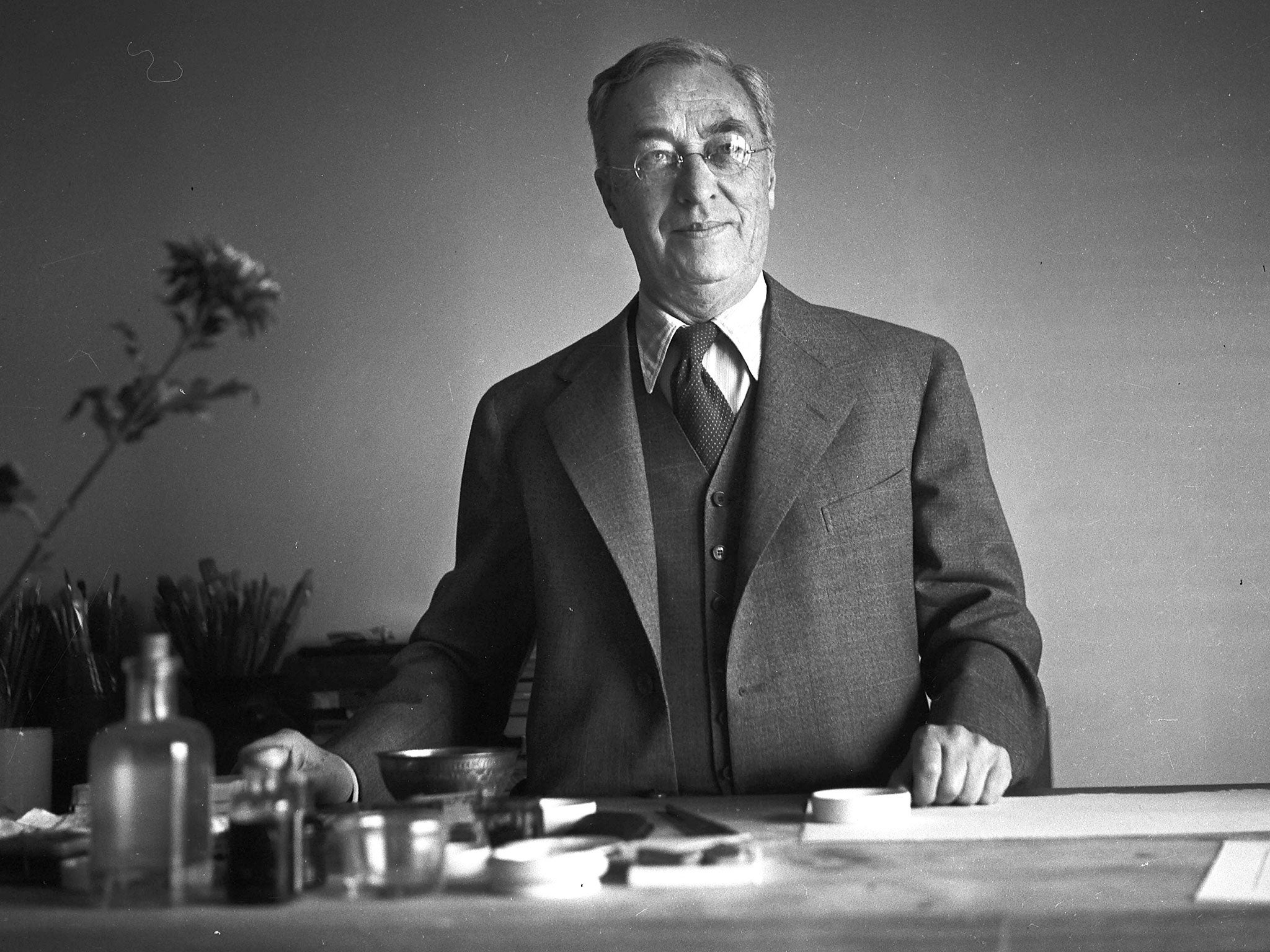Wassily Kandinsky's 148th Birthday: Why is the painter being celebrated in a Google Doodle?
The artist is credited as being the first purely abstract painter

Your support helps us to tell the story
From reproductive rights to climate change to Big Tech, The Independent is on the ground when the story is developing. Whether it's investigating the financials of Elon Musk's pro-Trump PAC or producing our latest documentary, 'The A Word', which shines a light on the American women fighting for reproductive rights, we know how important it is to parse out the facts from the messaging.
At such a critical moment in US history, we need reporters on the ground. Your donation allows us to keep sending journalists to speak to both sides of the story.
The Independent is trusted by Americans across the entire political spectrum. And unlike many other quality news outlets, we choose not to lock Americans out of our reporting and analysis with paywalls. We believe quality journalism should be available to everyone, paid for by those who can afford it.
Your support makes all the difference.Russian painter Wassily Kandinsky’s 148th birthday has been celebrated in a Google Doodle illustration today that reflects his own distinct abstract style.
The artist, who is credited with being the first painter to produce purely abstract works, used colour as an expression of emotion, often likening the process of painting to composing music.
Born in Moscow in 1866, his career spanned five decades during which he was influenced by - among other artistic movements - Impressionism, Fauvism, Pointillism, Bauhaus architecture and abstract expressionism.
Kandinsky only began his artistic career at the age of 30, having previously studied law and economics at university to satisfy his family’s wishes.
He was a professor of law at the University of Dorpat, but gave up his promising career in 1896 to enrol in art school in Munich.

He later cited seeing Monet’s “Haystacks” and hearing Richard Wagner’s “Lohengrin” as the reason for abandoning law in favour of art.
Kandinsky returned to Moscow after the outbreak of World War I, but was not sympathetic to the official theories on art in communist Russia and went back to Germany in 1921, where he taught at the Bauhaus school of art and architecture from 1922 until the Nazis closed it in 1933.
Fifty seven of his paintings were confiscated by the Nazis during a raid on the Bauhaus art school and were later put on show in the State-sponsored exhibit “Degenerate Art” in 1937 before being destroyed.

He then moved to France, where he lived for the rest of his life, producing some of his most acclaimed work.
Kandinsky was also a keen art theorist, publishing his own book in 1912 called Concerning the Spiritual in Art, in which he set out his theory on how colour could provoke a rich, sensory experience within the soul of the viewer.
His work can attract bids of tens of millions of pounds on today’s art market, with his 1909 painting "Study for Improvisation 8" selling for $23 million at Christie’s in 2012.
Before the sale, the artist’s last record was set in 1990 when Sotheby’s sold "Fugue", painted in 1914, for $20.9 million.
Join our commenting forum
Join thought-provoking conversations, follow other Independent readers and see their replies
Comments